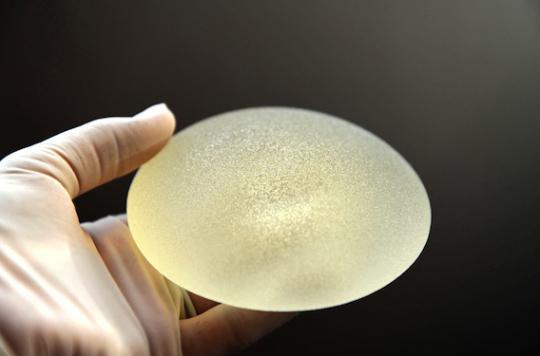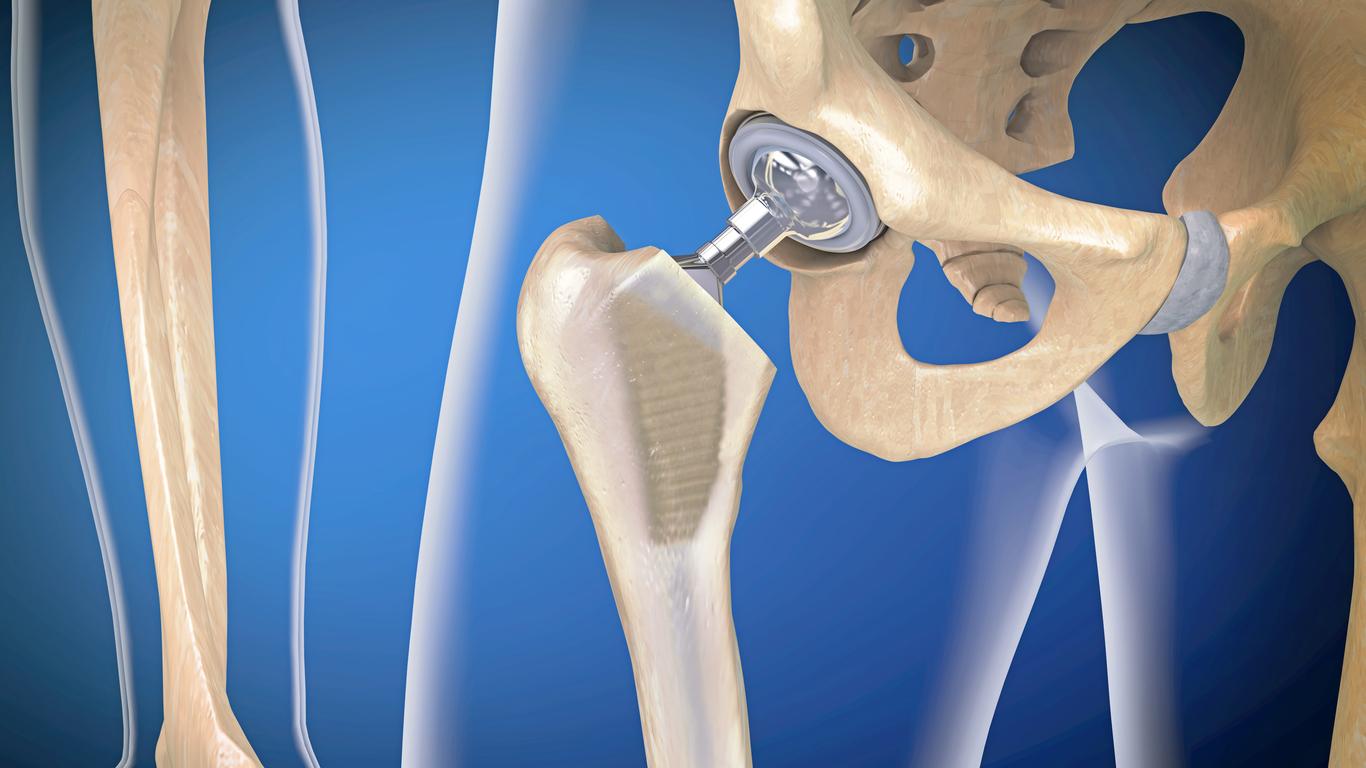According to the ANSM, 22 cases of anaplastic large cell lymphomas have appeared in France. This type of ALCL is not seen in women who do not wear a prosthesis.

The anaplastic large cell lymphomas associated with a breast implant (LAGC-AIM) are very rare. Corn end of March 2015, the National Medicines Safety Agency (ANSM) confirmed the report of 19 cancers of this type out of the 400,000 women estimated to have breast implants in France since 2011.
She specified that this type of LAGC located in the breast “is not observed in non-implanted women”. This Wednesday, the ANSM revealed 3 new cases.
The causes of the occurrence
While the mechanism that could cause the occurrence of this cancer was still unknown a few months ago, the ANSM gave this time some avenues for reflection.
The first would relate to the “probable” existence of an immune reaction which would be different in the presence of breast implants depending on the type of the envelope of the implant in question (smooth or textured).
Second hypothesis, there would be a greater inflammatory reaction with implants with a textured envelope. A precision which will not reassure the patients since this type is extremely widespread. No less than 90% of prostheses implanted in France.
Allergan manufacturer inspected
Most of these implants at the origin of LAGC are of the Allergan brand, whose market share amounts to around 30% in France. The ANSM however wished to warn against any hasty conclusions because it is not uncommon for women to wear several brands of prostheses, the implants being able to be replaced. Based on these conclusions, inspections of manufacturers are continuing.
But, to know more about the responsibilities, several additional studies have yet to be carried out by the National Cancer Institute (INCa) and the ANSM. One of them will for example take place on mice. Implant samples to look for possible immunotoxicological reactions that can be injected.
News on the state of health of patients
On the sick side, the Agency said that two of the affected women had died. For the other patients, it seems that their condition has stabilized. Either by removing the implant, or through additional treatments (chemotherapy or radiotherapy).
Worldwide, 173 cases have been listed for the moment, according to a report made public a few months ago by experts from the National Cancer Institute.
(1) Data from the Lymphopath network
.















